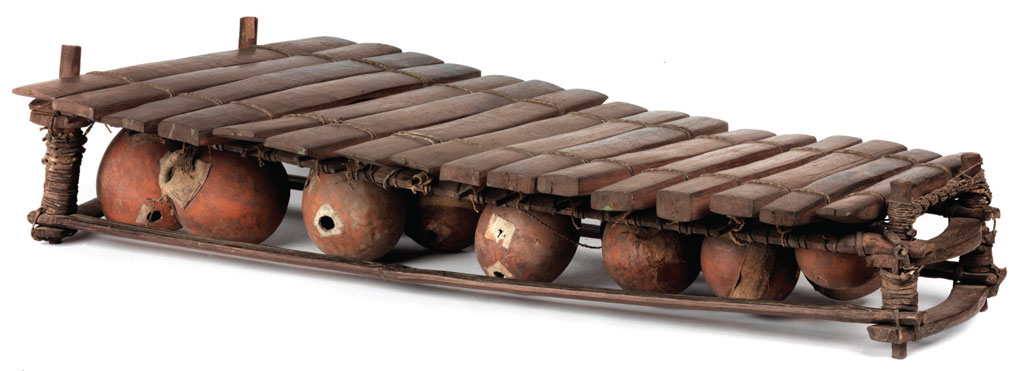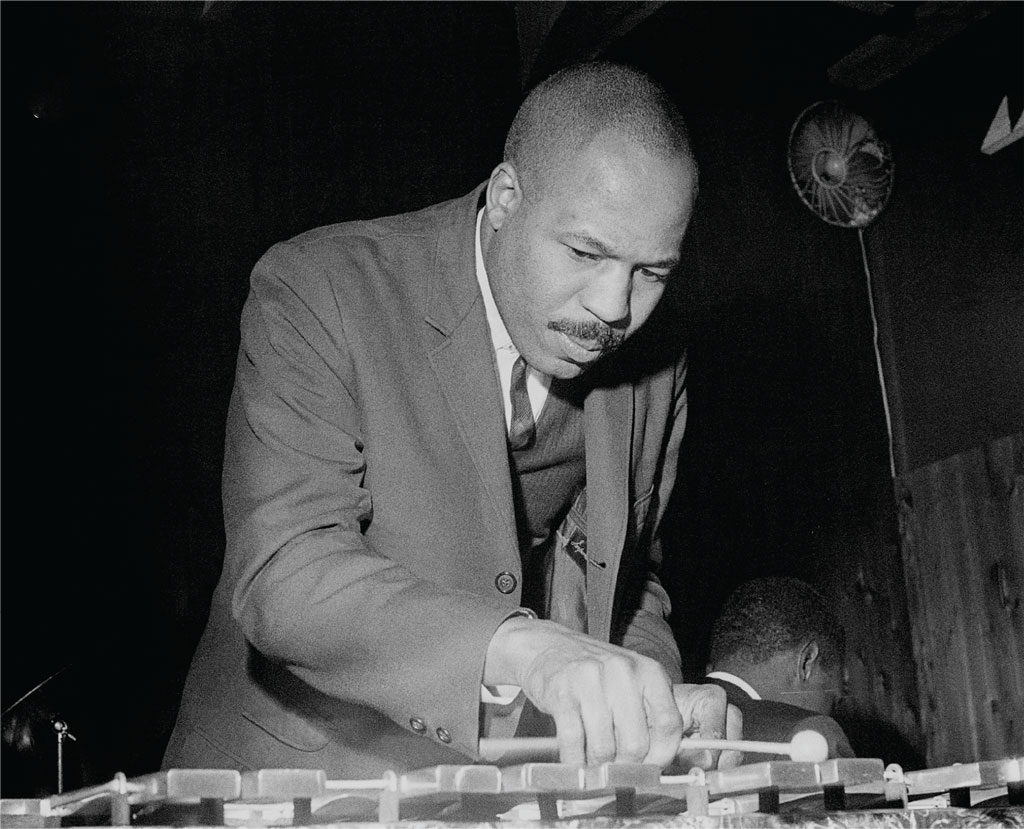Artifact Perspective
As a black American child growing up in West Baltimore, Maryland during the 1980s, I was fortunate enough to have access to my Southern grandparents who were born in the 1920s. Through them, I not only learned family history and folklore about race, gender, and self-preservation in the face of racist/colonial rule in the South, but I was also taught the importance of claiming my space and recognizing right from wrong through holding people and places accountable. And this is something I think about whenever I enter the doors of the Penn Museum, where I work in the Learning and Public Engagement department.

In particular, the newly renovated Africa Galleries evoke many mixed feelings for me. Like most children, I went with my school classes on trips to the Smithsonian museums every year and was allowed to see the wonders of the world behind glass enclosures. These “cages” held items and artifacts, not unlike things that I’d find in my family’s home. Quilts created by Black women, statues of varying spiritual/religious significance, and small African instruments were viewed by thousands of Black and Brown faces each day. Yet, we didn’t realize that these items still had relevant use in the lives from which they were taken. We didn’t think about these items having use in our own lives. We weren’t as aware as we are now.
In the Africa Galleries sits an instrument that very much mirrors a huge part of my current life. While labeled as an Mbila (Xylophone) from Angola (object number 29-59-95A), it is more commonly referred to as a balafon (or balaphone). The small, wooden instrument sits low to the ground with 16 keys that, when struck, create a beautiful ringing sound. A few years ago, I started teaching myself the vibraphone (or vibraharp). My instrument is a hybrid of the balafon and the scales of a piano. Large in size, the vibraphone has been closely associated with the Black American musical tradition known as Jazz (though many of us reject this term and prefer the name Black American Music). I have spent years studying the work of vibists such as Bobby Hutcherson, Lionel Hampton, Milt Jackson, and, my favorite, Walt Dickerson.

Museum Object Number(s): 29-59-95A
There have been many times while, on my lunch break, I have stood in front of the balafon on display and felt great unease at its existence in a case. Although our Museum records show the instrument was collected by Amandus Johnson on a research trip funded by Henry C. Mercer and others, I am not convinced it was acquired on the best of terms. More importantly, I think of my two young nephews to whom I give music history lessons. These two beautiful Black boys have had their lives flipped upside down by the pandemic and have remained brave, loving, and inquisitive through it all. So how am I supposed to answer their questions of why such a relevant part of our Black lives is locked away—within the zoo of colonialism — when they should be learning from its tones and history?

